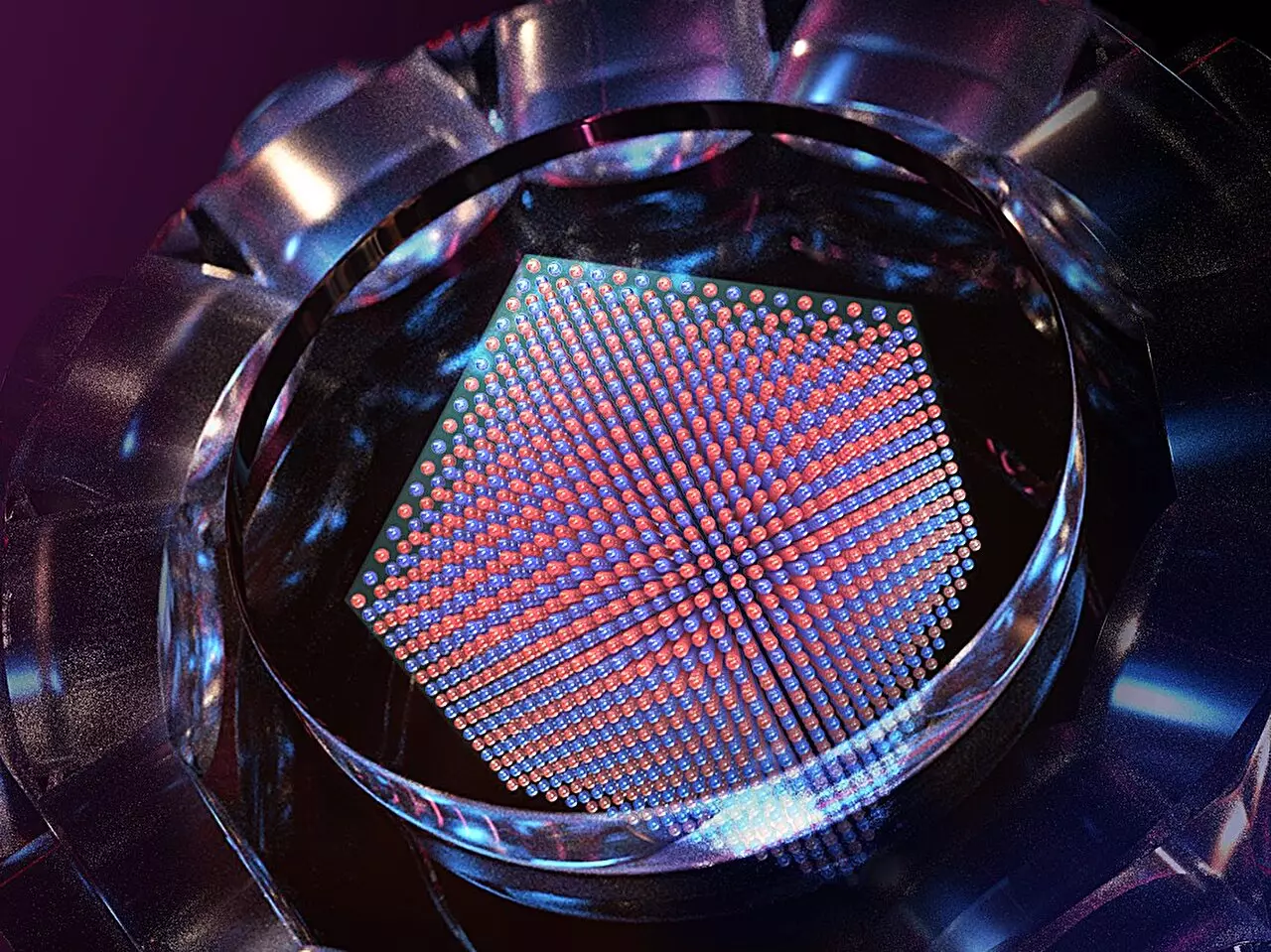Quantum simulation goes beyond traditional methods of scientific inquiry, enabling researchers to delve into the uncharted territories of quantum materials. A recent study published in *Nature* epitomizes how powerful this technique can be, as it successfully observed the antiferromagnetic phase transition within a sophisticated quantum simulator of the fermionic Hubbard model (FHM). This seminal work, spearheaded by distinguished professors from the University of Science and Technology of China—Pan Jianwei, Chen Yuao, and Yao Xingcan—marks a pivotal milestone in our quest to understand the enigmatic phenomena of high-temperature superconductivity and the quantum mechanics underlying it.
The implications of this research are profound. The ability to visualize and manipulate quantum states within a large-scale simulator introduces a new era in physics that could enable the elucidation of complex material behaviors previously deemed inscrutable. This potent intersection of theory and experimentation highlights the tremendous promise of quantum simulation not only for advancing scientific knowledge but also for driving economic benefits through the development of new technologies.
Challenges in Traditional Approaches and the Promise of the FHM
Despite the significance of quantum materials, their production and application face formidable challenges primarily due to the unclear underlying physical mechanisms. High-temperature superconductors, for instance, represent a frontier in material science with vast potential applications, yet the intricacies of their behaviors remain elusive. The fermionic Hubbard model serves as a crucial tool in this context, simplifying the representation of electron interactions in a lattice framework and capturing essential aspects of strongly correlated quantum systems. However, pursuing solutions for the FHM is not without its hurdles; traditional analytical methods fail to provide precise answers for two and three-dimensional cases, and even advanced numerical techniques often remain restricted to limited parameter spaces.
The art of quantum simulation emerges as a beacon of hope in these turbulent waters. While theoretical proposals suggest that even state-of-the-art digital quantum computers might falter in handling the complexities of the FHM, the innovative application of ultracold fermionic atoms in optical lattices might just unlock the door to a deeper understanding of quantum magnetism.
An Innovative Approach to Overcome Experimental Hurdles
Crucially, achieving the antiferromagnetic phase transition and empowering quantum systems to reach their ground state at half-filling have been recognized as vital steps in this journey. The recent study tackles these complications head-on. The researchers combined their previous successes in preparing uniform, strongly interacting Fermi gases with the development of a flat-top optical lattice that provides consistent site potentials. This ambitious integration resulted in a quantum simulator boasting around 800,000 lattice sites—an astounding improvement over past experiments that barely scratched the surface with dozens of sites.
By controlling variables such as interaction strength, temperature, and doping concentration to meet critical thresholds, the scientists successfully observed the antiferromagnetic phase transition: a pivotal moment that reveals the power-law divergence of spin structure factors. The reported critical exponent of 1.396 aligns with Heisenberg universality, laying the groundwork for understanding the intricate web of quantum magnetic interactions governing material properties.
The Implications of These Findings
These findings do more than tick boxes on a scientific checklist; they signify a leap toward a more comprehensive understanding of quantum mechanics in complex materials. The researchers’ ability to achieve such high precision underlines the significant advantages offered by quantum simulation over classical computational methods. As this field evolves, it becomes clear that the potential applications of these discoveries are limitless—from enabling the design of next-generation quantum materials to informing advances in technology that could reshape entire industries.
As we continue to peel back the layers of quantum reality, the findings from this breakthrough study promise a future wherein our grasp of the mechanisms behind phenomena like high-temperature superconductivity transforms not just theoretical physics but also the very technologies that underpin our modern world. The integration of insights from quantum simulation will undoubtedly herald a new age of applications that were once thought to exist only in the realm of speculation.

